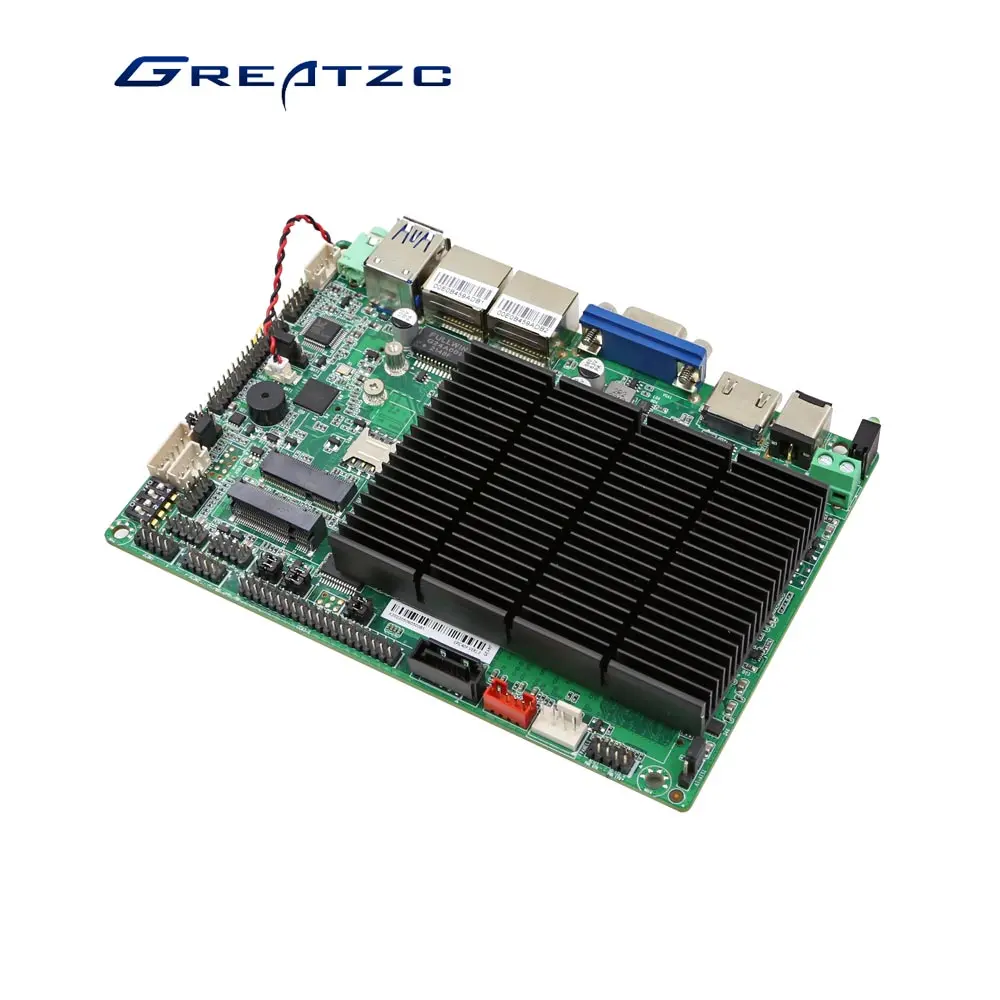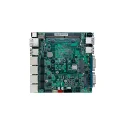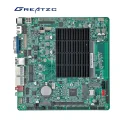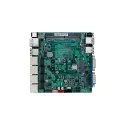2024-02-26
The Rise of Motherboards with Passive Cooling
In the ever-evolving world of computer hardware, the motherboard plays a pivotal role, serving as the backbone that connects and controls all other components. As technology marches forward, so do the demands placed on this crucial component. One such demand is the need for efficient cooling mechanisms, as heat generation can quickly lead to performance degradation or even component failure. Traditionally, active cooling methods like fans and heat sinks have been the norm, but recently, motherboards with passive cooling have started to gain popularity.

Passive cooling, by definition, refers to heat dissipation techniques that do not require any moving parts or external power sources. This usually involves the use of heat sinks and heat pipes to effectively transfer and dissipate heat generated by the motherboard's components. The absence of fans means less noise, longer component lifespan, and potentially, a more reliable system overall.
The Benefits of Passive Cooling
The primary benefit of passive cooling is its silence. In a world where computers are increasingly becoming a part of our daily lives, from the office to the bedroom, the absence of whirring fans can provide a welcome respite from the constant hum of technology. This is especially valuable for those who value quiet computing environments, such as gamers, audio and video editors, or anyone who simply prefers a less noisy workspace.
Moreover, passive cooling removes the risk of fan failure, which can lead to overheating and subsequent damage to sensitive components. With no moving parts, there's less wear and tear, resulting in a more durable and reliable system.
Challenges and Limitations
Despite its benefits, passive cooling does come with its own set of challenges and limitations. Firstly, it's not always suitable for high-end, high-performance motherboards. These motherboards often have more components that generate significant heat, which can be difficult to dissipate effectively without active cooling.
Secondly, passive cooling solutions can be bulkier and heavier than traditional active cooling methods. This can be a concern for those looking for compact and lightweight computer builds.
The Future of Passive Cooling
Despite these limitations, the future of motherboards with passive cooling looks promising. With advances in materials science and heat dissipation techniques, passive cooling solutions are becoming more efficient and effective. New materials like graphite and carbon nanotubes are being explored for use in heat sinks, as they offer superior heat conductivity compared to traditional metals.
Additionally, with the increasing popularity of small form factor computers and laptops, the need for compact and efficient cooling solutions is becoming more urgent. This could lead to more innovative passive cooling designs that are tailored for specific hardware configurations and use cases.
In conclusion, motherboards with passive cooling represent a significant evolution in computer hardware design. They offer a silent, reliable, and durable alternative to traditional active cooling methods, making them ideal for those who value quiet computing and dependability. While they may not be suitable for all use cases, especially high-end and high-performance systems, they do provide a viable option for those looking for an alternative to the noisy and potentially unreliable fans of active cooling. As technology continues to advance, we can expect to see more innovative and efficient passive cooling solutions emerge, further expanding the reach and appeal of this technology.
The Role and Significance of Embedded Computer Motherboard in Modern Technology




